Actual at all times, the classic style of clothing is the perfect combination of rigor, elegance and simplicity. This style is considered the base for all others.
The history of the formation of the classic style of clothing
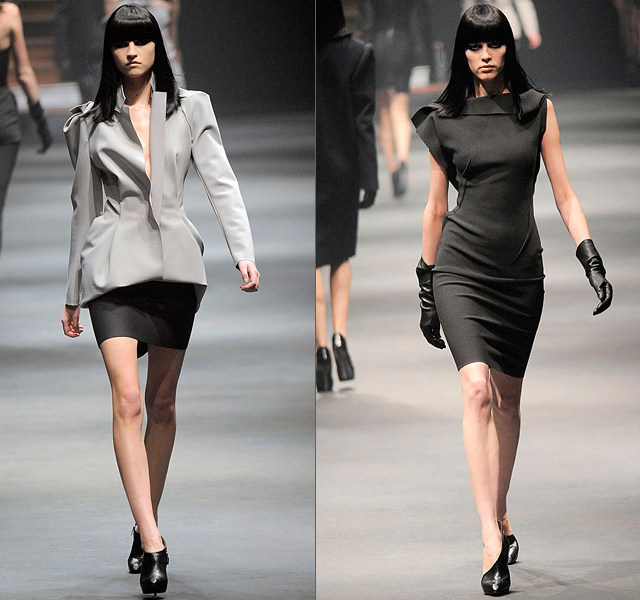
The classic wardrobe has not lost its relevance since ancient times. He came to us in the 17th century from England, whose fashion was characterized by rigor and the absence of excesses in the form of lace and bows. Over time, the classic style of clothing for women began to spread throughout Europe and even went beyond the male contingent.
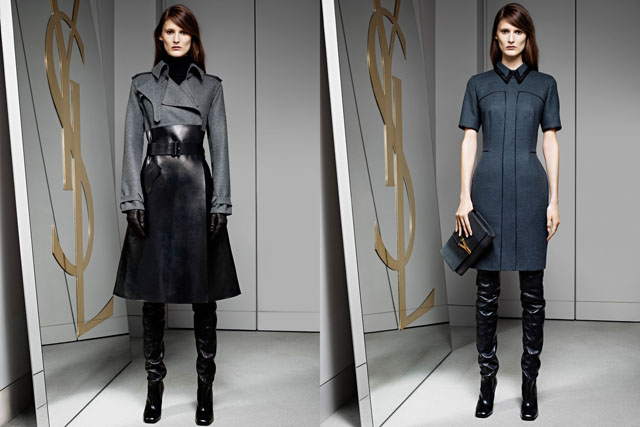
The great, talented fashion designer Coco Chanel dared to create the image of a free, independent and determined woman. Clothing for such a woman should be comfortable, not constrain movements and at the same time emphasize her self-confidence. Coco took an English formal suit as the basis of her collection of classic clothes. So, thanks to her, women's trouser suits, straight skirts, jackets, blouses and, of course, a little black dress, which is still considered an icon of classic style, appeared in our wardrobe.

Translated from Latin, "classicus" means exemplary, first-class, belonging to the upper class. Classic style is the foundation of fashion, it suits everyone without exception, regardless of age, gender and figure.

Classical clothing is primarily characterized by minimalism. It is characterized by simplicity of cut, muted colors, naturalness and the absence of various prints on the fabric. Due to its minimalism, classic-style clothing is able to emphasize the beauty of the female figure, its elegance and sexuality without any cuts and necklines. In the classic style, there are certain rules that are not allowed to be violated, otherwise you will just look ridiculous.

- Fabric and style
Preference is given to natural fabrics. They are strong enough, do not crumple, and at the same time your body breathes. Classic style clothes are characterized by simplicity of cut and symmetry. The outfit should be as comfortable and practical as possible. All items of clothing should look harmonious with each other.
- Color spectrum
The classic wardrobe is characterized by the absence of colorful and bright colors. The clothes are made without frills, there are no laces, rhinestones, sequins. In the classic style, fabrics with patterns and various prints are not allowed. The main shades of the style include black, brown, beige, all shades of gray and blue.
Shoes and accessories
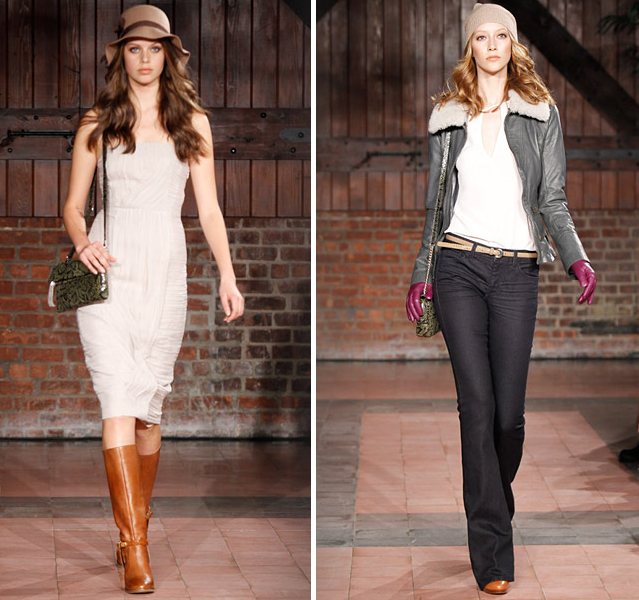
First of all, shoes should be comfortable and conservative. You will not be able to move confidently on thin high heels, so choose shoes with stable heels. The classic style does not allow for thick heels and rough platforms. Shoes should not have any extra elements - such as drawings, jewelry, sequins and other accessories. Also, the dress code does not allow open shoes, your toes or heels should not be visible through the shoes. It is best to choose shoes of soft shades made of genuine leather.
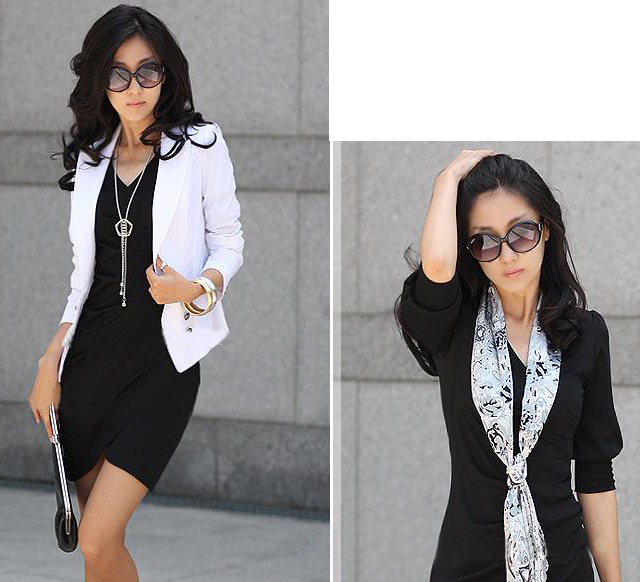
As for accessories, it’s worth saying “no” to large earrings, beads, massive pendants and bracelets. The classic style is characterized by modesty, so thin chains, small pendants and neat rings made of expensive metals are a good option. The main thing is to know the measure.
Makeup
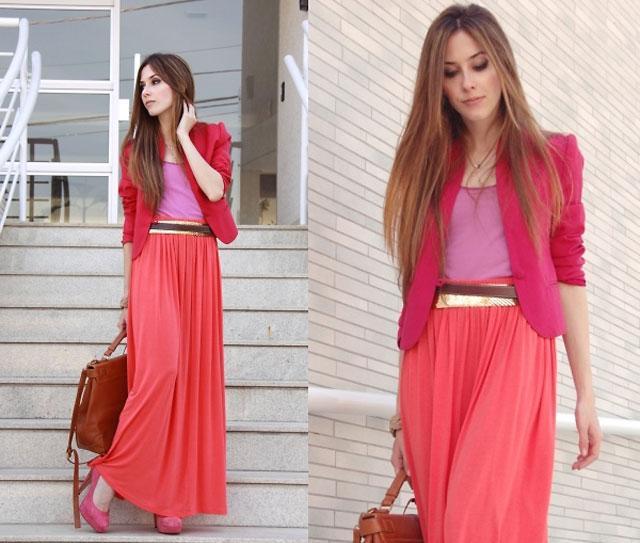
Dressed up in a classic suit, festive makeup will look ridiculous on you. In this style, the naturalness of everything is welcomed. No need for lush bouffants and curls: neatly selected hair will look more appropriate. The same applies to makeup: forget about your usual bright shadows and eyeliners. It is better to use cosmetics in natural colors and do not immediately focus on the lips and eyes, so as not to look vulgar.
Having familiarized yourself with the basic rules of the classical style, you can easily create an elegant and strict look without losing your femininity. The classic style of clothing for girls plays an important role, allowing you to look more formal, resolute and restrained in any situation, whether it is office work or an important reception.
